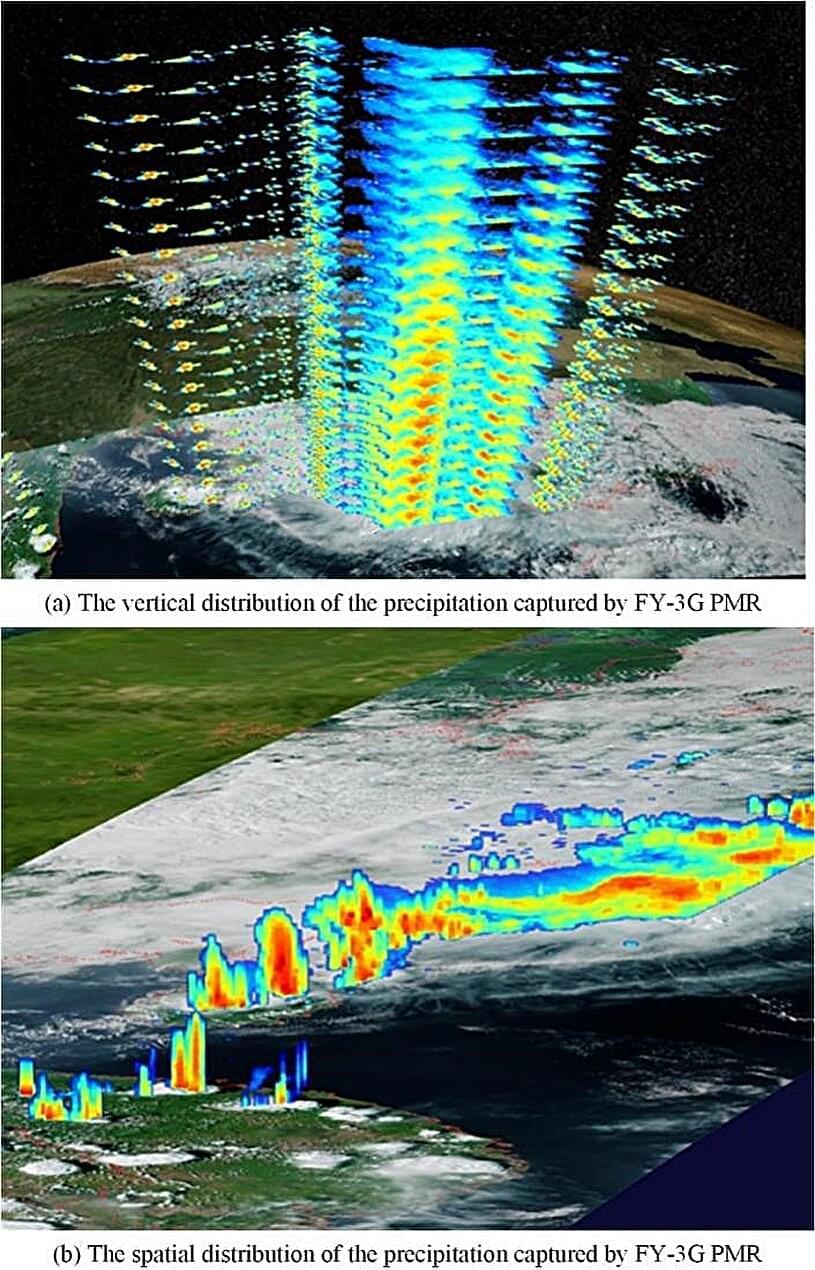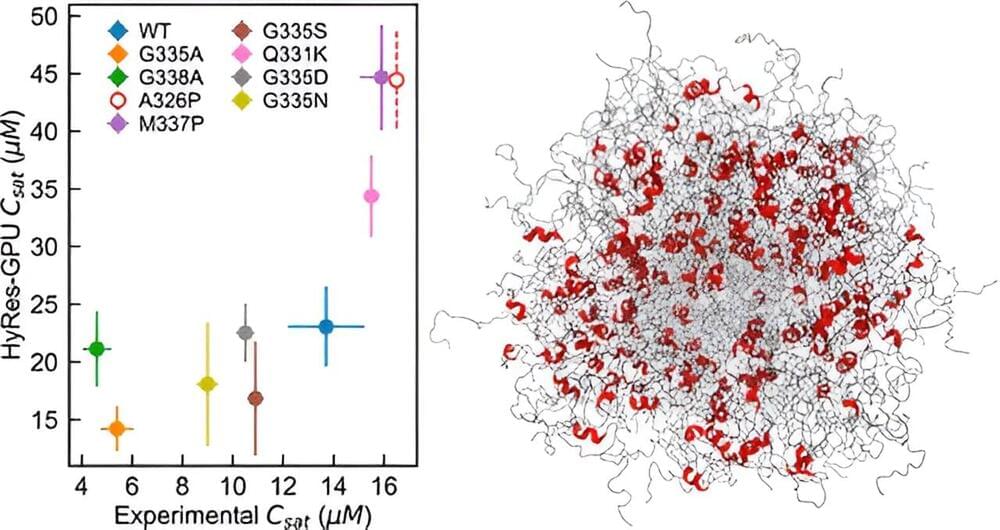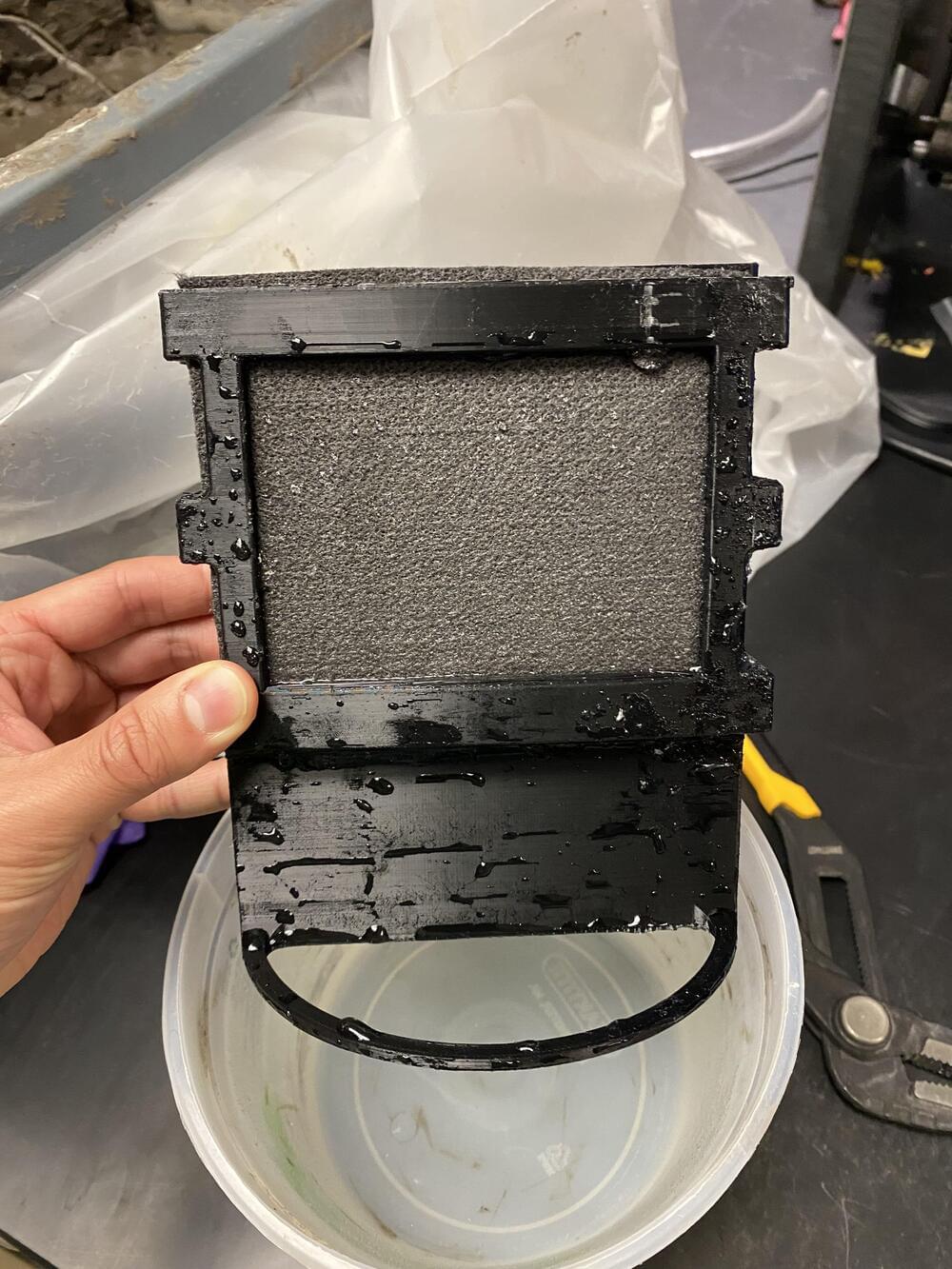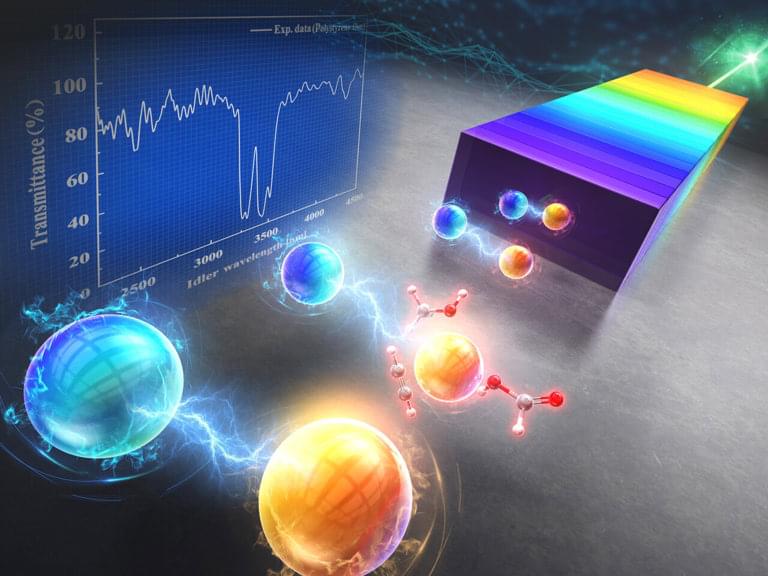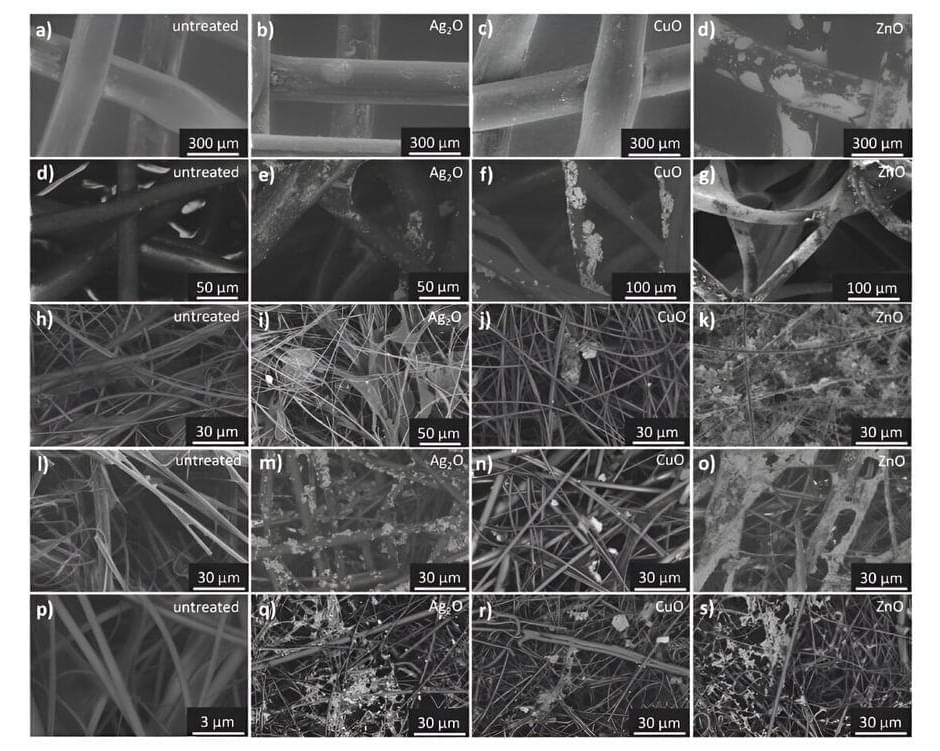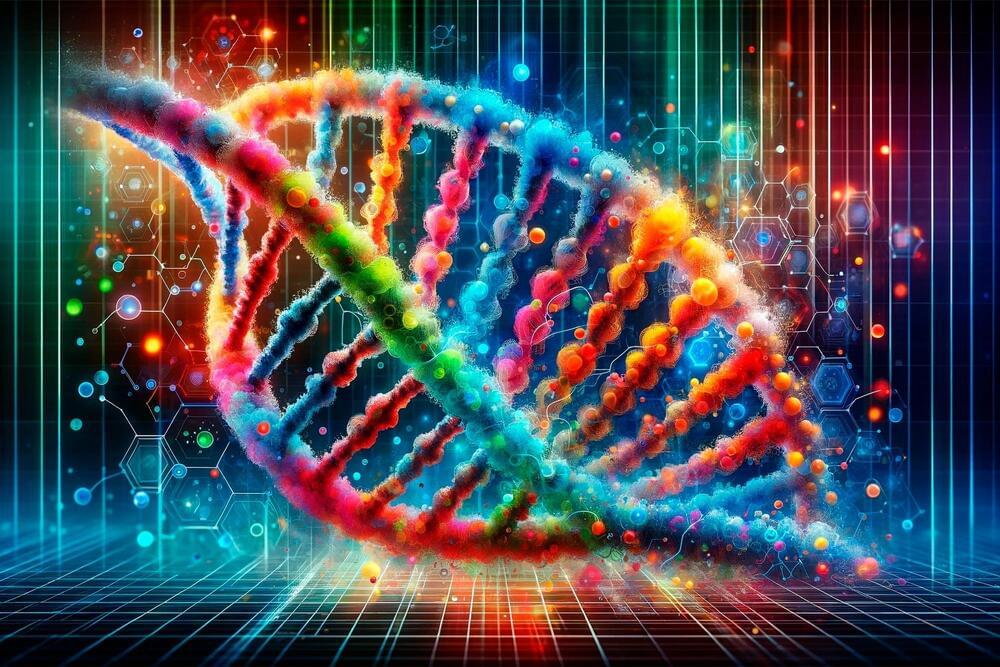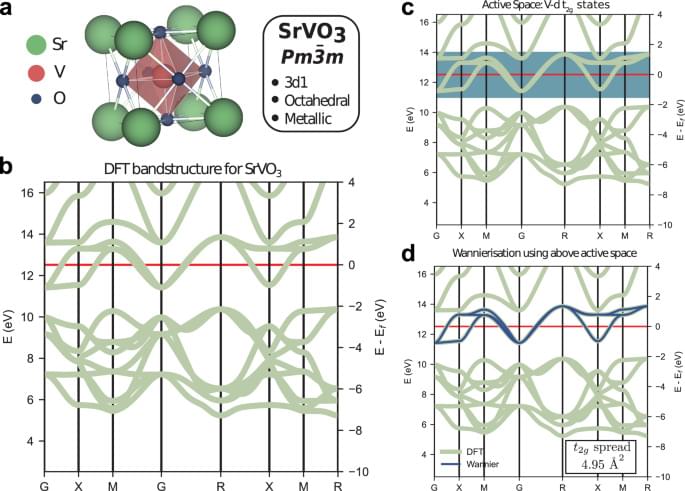Jan 28, 2024
New satellite capable of measuring Earth precipitation from space
Posted by Genevieve Klien in categories: chemistry, climatology, satellites
Measuring the amount of precipitation that falls in a specific location is simple if that location has a device designed to accurately record and transmit precipitation data. In contrast, measuring the amount and type of precipitation that falls to Earth in every location is logistically quite difficult. Importantly, this information could provide a wealth of data for characterizing and predicting Earth’s water, energy and biogeochemical cycles.
Scientists from the China Meteorological Administration developed and launched a satellite created to measure Earth precipitation with radar while orbiting in space.
This is the first of two precipitation missions planned by the team to accurately measure the occurrence, type and intensity of any precipitation across the world, including over oceans and complex terrain. Specifically, the FY-3G satellite is designed to assess the 3-dimensional (3D) form of rainfall and other precipitation for weather systems at Earth’s middle and lower latitudes.
